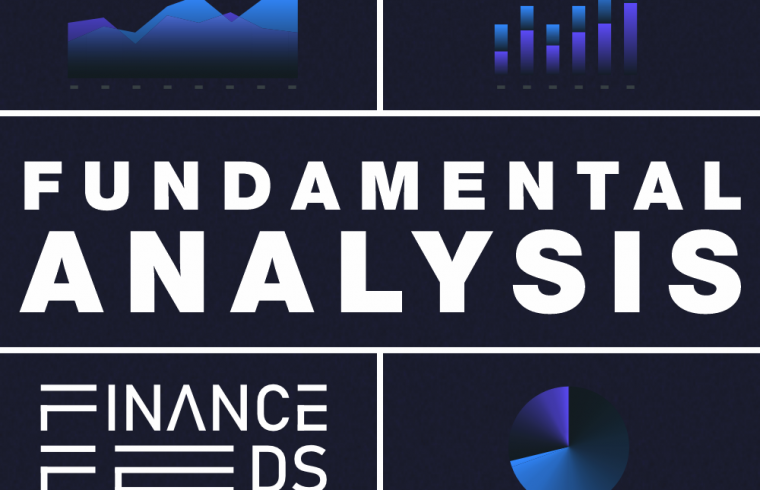US Nonfarm Payrolls Report: Mixed Signals and Shifting Expectations
US Nonfarm Payrolls Report: Mixed Signals and Shifting Expectations
The latest US Nonfarm Payrolls report delivered a mixed bag of news for the labor market. The headline figure, at 275,000 new jobs added in February, came in higher than economists’ expectations of 200,000. This could be seen as a positive sign for the US economy’s continued growth. However, the report also contained some concerning revisions. The previously reported job gains for December and January were significantly downwardly adjusted, casting doubt on the strength of the labor market in the early months of 2024. Additionally, the unemployment rate rose from 3.7% to 3.9%, exceeding analysts’ forecasts. This suggests that hiring may be slowing down, potentially due to a shortage of qualified workers or a cautious approach by businesses in the face of economic uncertainty.
US Dollar Feels the Heat: Weaker Dollar, Earlier Rate Cuts?
The US Dollar weakened considerably in the wake of the Nonfarm Payrolls report. This can be attributed to two key factors. Firstly, the data hinted at less inflationary pressure in the US economy. Average Hourly Earnings, a key indicator of wage growth and inflation, rose at a slower pace than expected. This suggests that inflation may be peaking, potentially allowing the Fed to take a more dovish approach to monetary policy. Secondly, the possibility of earlier rate cuts by the Fed weighed on the US Dollar. Since interest rate hikes tend to strengthen a currency by attracting foreign investment, the prospect of future rate cuts makes the US Dollar less attractive to hold. This combination of factors led to a broad-based weakening of the US Dollar against other major currencies.
EUR/USD Buoyed by Weaker Dollar, ECB Talk Casts Shadow
The Euro (EUR) rose against the US Dollar (USD) following the release of the Nonfarm Payrolls data. This is a natural consequence of a weaker USD, as the EUR becomes relatively more valuable. However, the Euro’s gains were somewhat tempered by comments from European Central Bank (ECB) officials. While the ECB has also been raising interest rates to combat inflation, some policymakers have recently hinted at the possibility of a rate cut in April. This dovish talk from the ECB could potentially limit further upside for the EUR/USD pair, as investors weigh the relative attractiveness of the Euro versus the USD based on the central banks’ monetary policy stances.
Gold Shines Bright: Record Highs on Weak Dollar and Dovish Central Banks
Gold prices surged to a new all-time high in the aftermath of the US Nonfarm Payrolls report. This rally can be attributed primarily to the weakening US Dollar. As a safe-haven asset, gold tends to benefit from a weaker USD, as investors seek alternative stores of value during periods of economic uncertainty. Additionally, the dovish commentary from both the Fed and the ECB regarding potential rate cuts further fueled the demand for gold.
Next Week’s Economic Calendar Highlights (March 10th – March 15th)
High Impact:
- Tuesday, March 12th:
- Consumer Price Index (YoY) & (MoM) – This key inflation data can influence central bank monetary policy decisions.
- Consumer Price Index ex Food & Energy (YoY) & (MoM) – Core inflation, excluding volatile food and energy prices, is another closely watched indicator.
- Employment Change & Unemployment Rate – Important data for gauging labor market health and potential Fed actions.
- Retail Sales (MoM) – Shows consumer spending trends, a major driver of economic growth.
- Wednesday, March 13th:
- Industrial Production (MoM) & (YoY) – Measures manufacturing output and economic activity.
- Manufacturing Production (MoM) & (YoY) – More specific look at factory production.
- Retail Sales Control Group – Another gauge of consumer spending.
- Initial Jobless Claims & Continuing Jobless Claims – Insights into unemployment trends.
- Producer Price Index (MoM) & (YoY) – Measures inflation at the wholesale level.
- Michigan Consumer Sentiment Index – Consumer confidence survey that can impact spending and investment.
- Friday, March 15th:
- Consumer Price Index (EU norm) (YoY) & (MoM) – Inflation data for the European Union.
- Consumer Price Index (MoM) & (YoY) – Inflation data specific to a particular country (depending on the report).
- Michigan Consumer Sentiment Index – As mentioned on Wednesday.
The subject matter and the content of this article are solely the views of the author. FinanceFeeds does not bear any legal responsibility for the content of this article and they do not reflect the viewpoint of FinanceFeeds or its editorial staff.
The information does not constitute advice or a recommendation on any course of action and does not take into account your personal circumstances, financial situation, or individual needs. We strongly recommend you seek independent professional advice or conduct your own independent research before acting upon any information contained in this article.












